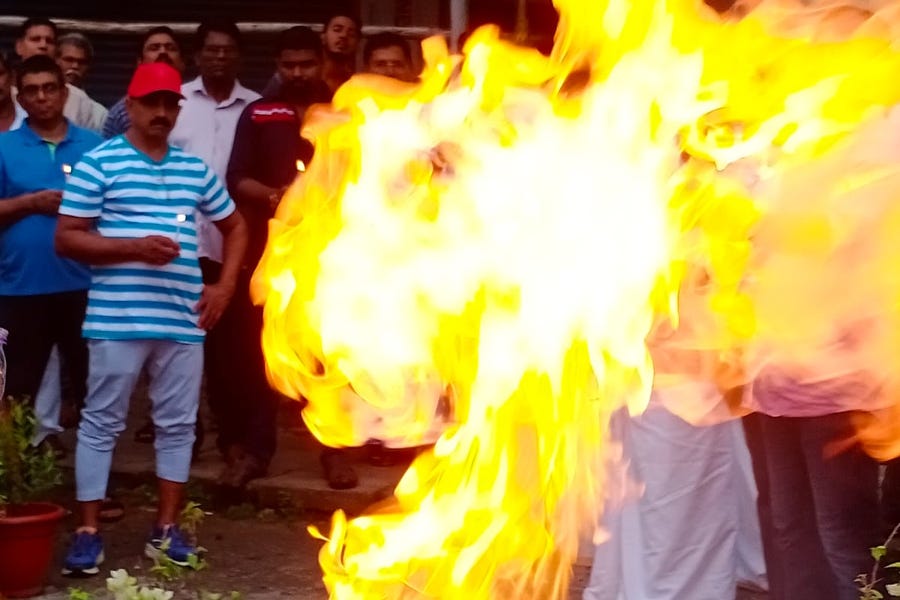Syro-Malabar protestors burn archbishop’s liturgy letter
Opponents of a new uniform liturgy in the Syro-Malabar Catholic Church burned copies of an ultimatum issued by an archbishop Sunday
Opponents of a new uniform liturgy in the Syro-Malabar Catholic Church burned copies of an ultimatum issued by an archbishop Sunday.

Demonstrators in India’s Archdiocese of Ernakulam-Angamaly set…
